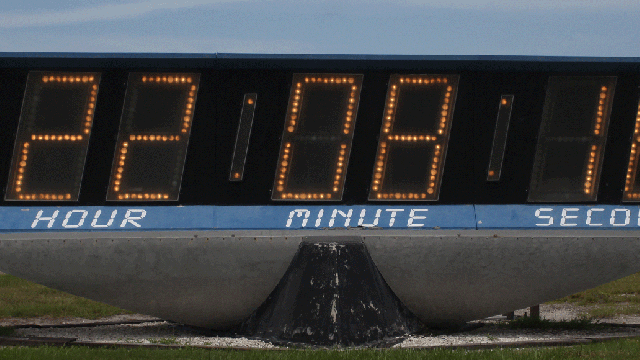A few days ago every space enthusiast got sentimental when, after 45 years of operation, the iconic countdown clock at NASA’s Kennedy Space Center’s Press Site was disassembled for removal. Perhaps more than any other piece of equipment near the launch site, the countdown clock was a piece of history.
Picture: Attila Nagy/Gizmodo. Technical background: Frank Ochoa-Gonzales/NASA’s Kennedy Space Center
The clock was designed by local NASA engineers and built by local NASA technicians in 1969, and first used at the Apollo 12 launch. But now the digital countdown timer, which ticked off NASA’s manned and unmanned missions as they lifted off from nearby Cape Canaveral Air Force Station, is gone.
The technical details of the device were just amazing:
- The three blue boxes are 1.8m high, 90cm deep and 8m wide altogether (not including the triangular concrete and aluminium base).
- The six digits are 1.2m high and 61cm wide, and uses 56 totally ordinary 40W light bulbs.
- There are 349 total light bulbs displaying how many hours, minutes and seconds have to elapse until lift off.
- The clock is controlled from the nearby Launch Control Center (LCC), activated by the Timing and Imaging Technical Support Group, the “timing crew” before a launch.
- The clock counts down to T-zero, to the moment when the launch vehicle lift off the pad, and after launch, the clock keeps ticking, showing the so called “mission-elapsed time” (MET).
Hurricanes and harsh Florida weather have not spared one of the most-watched timepieces in the world, and it become harder to maintain as parts got older and more difficult to obtain. As Timothy M. Wright, IMCS Timing, Countdown and Photo Services, said:
Over the years, we’ve had to keep circuits up with all the lightning in the area. We’ve also had to keep it dry inside with dehumidifiers.
Ten years ago Hurricane Charlie did serious damage to the clock, so it was the extreme Florida weather sealed the fate of this legendary display: NASA wanted a cutting edge update. The new $US280,000 multimedia display, installed on November 28, is almost the same size: 8m wide and 2m high. In addition to the launch countdown, spectators will be able to watch images and streaming video (at resolution 1280 x 360) from several sources on it:
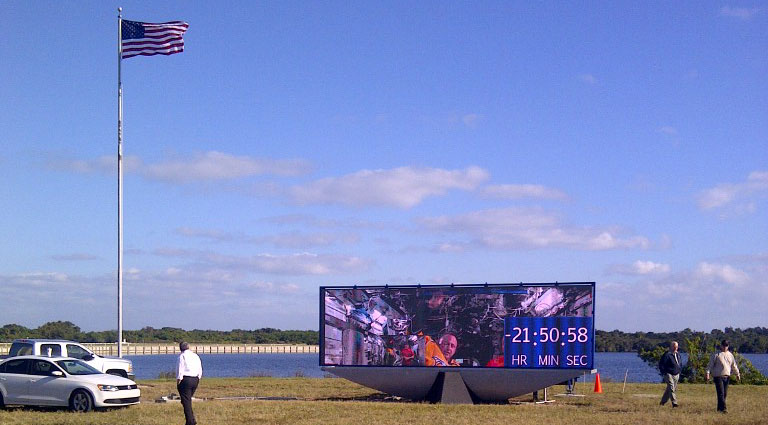
Picture: NASA
NASA officials hope the new, much brighter display will be accepted like its predecessor, which likely will be on display at the Visitor Complex nearby. Until then, here is our sentimental collection commemorating some of the greatest moments in the life of the original clock.
Launch of the Apollo 12 Moon mission, Nov 14, 1969.
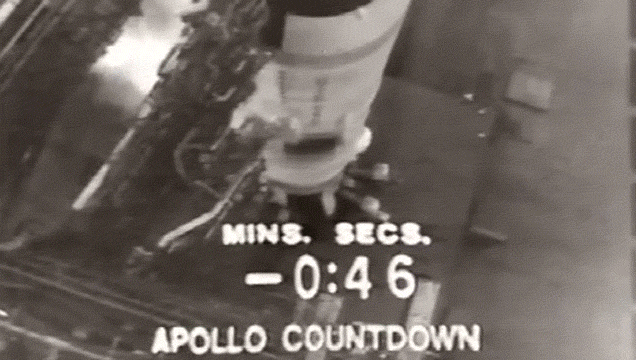
Source: NASA
A few hours before the Apollo 17 launch, Dec. 6, 1972.
Picture: Pierre-Paul Beaumont
Terrific photos of the Skylab-1 launch, May 14, 1973.
Picture: Apollo News Center/NASA
Picture: Pierre-Paul Beaumont
Six seconds into the first flight of the space shuttle Challenger, April 4, 1983.

Picture: AP
Scrubbed: The countdown clock stops with only nine minutes left as space shuttle Endeavour sits on launch pad 39-B May 30, 2002.
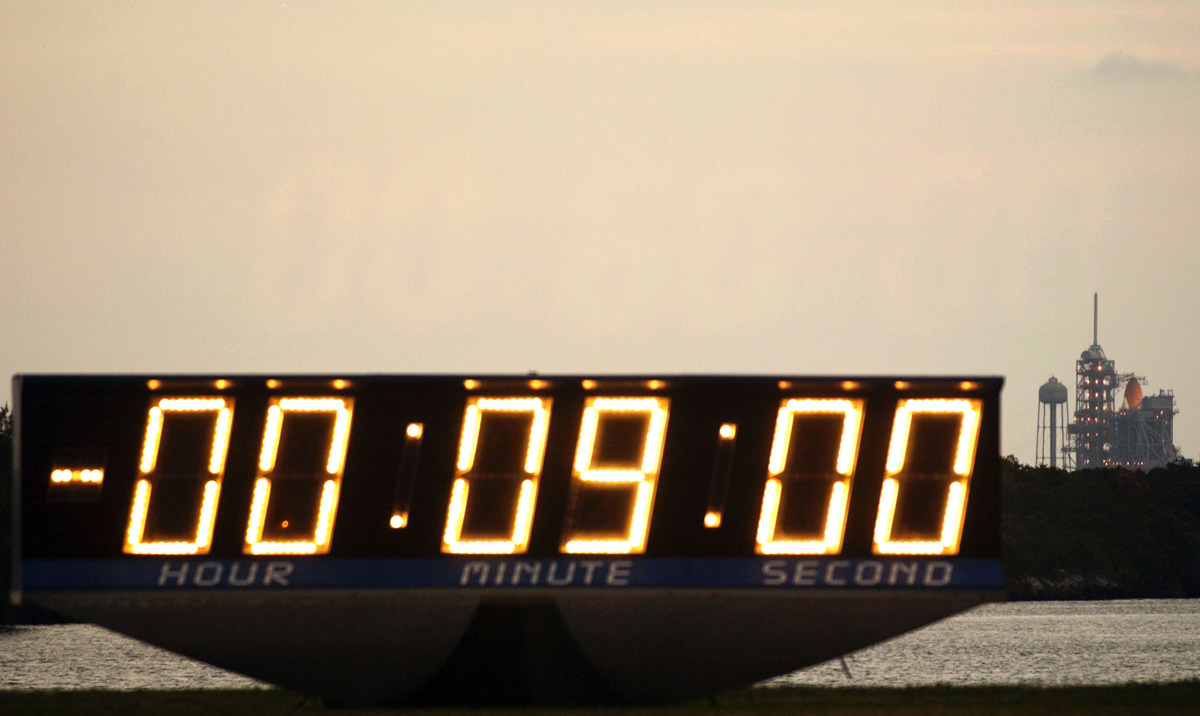
Picture: Matt Stroshane/Getty Images
The sun rises over the launch clock that is counting down for the Space Shuttle Discovery at the Kennedy Space Center July 13, 2005. The mission was launched 13 days later, and it was the first since the Columbia disaster.
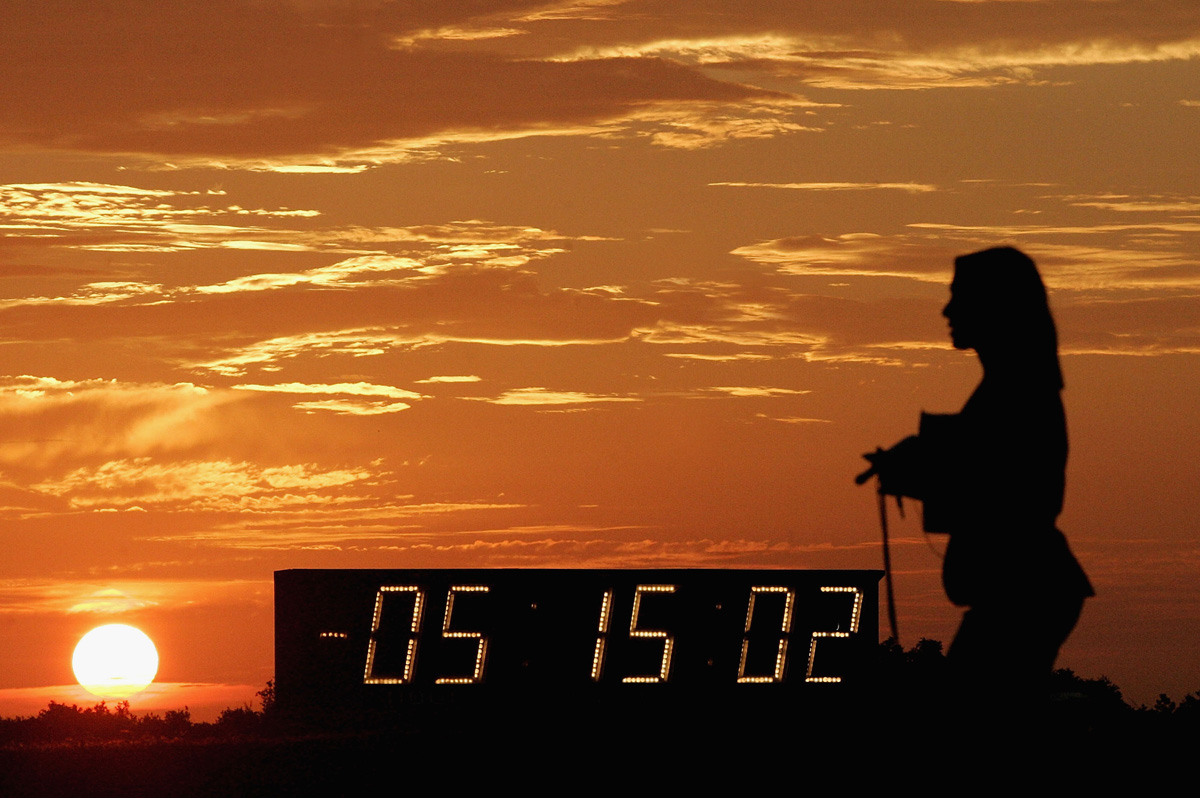
Picture: Mark Wilson/Getty Images
Space Shuttle Discovery sits on launch pad 39 on July 4, 2006, waiting for a third attempt to be launched after weather conditions stopped two previous attempts.
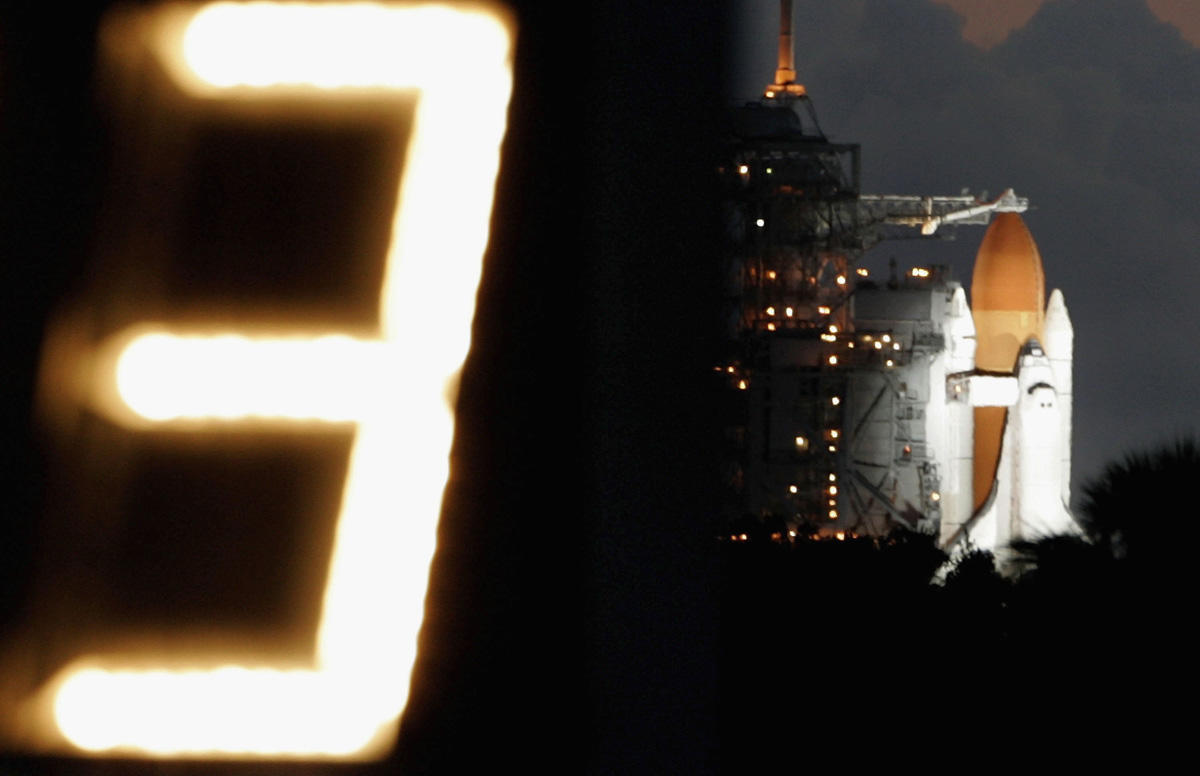
Picture: Mark Wilson/Getty Images
Discovery sits on Pad 39B, Dec. 7, 2006. The countdown clock was held at 5:00 minutes and NASA officials scrubbed the launch because of weather concerns.
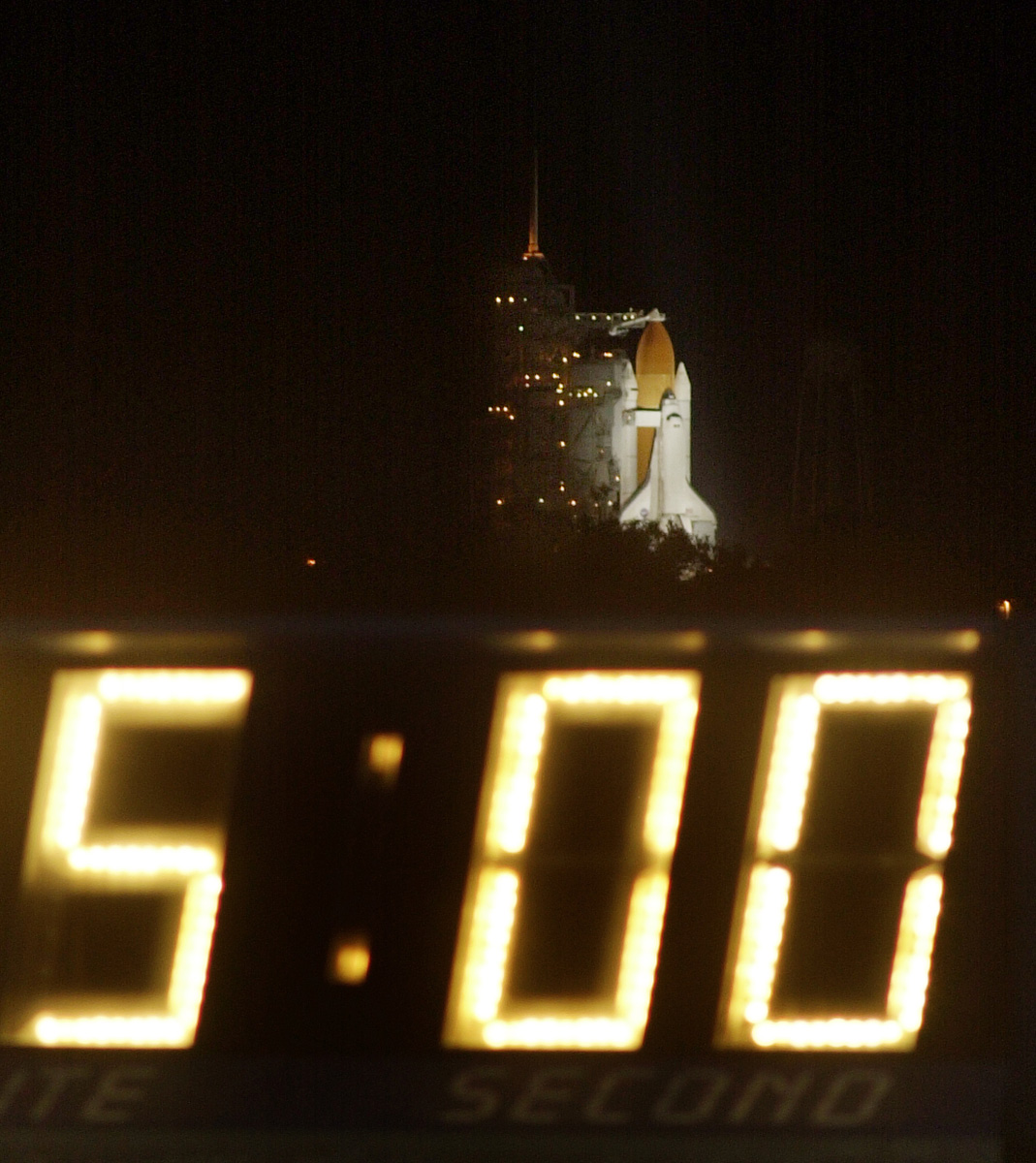
Picture: Pete Cosgrove/AP
Feb 15, 2007: Atop the massive mobile launcher platform and crawler-transporter, Space Shuttle Atlantis rolls slowly toward Launch Pad 39A.
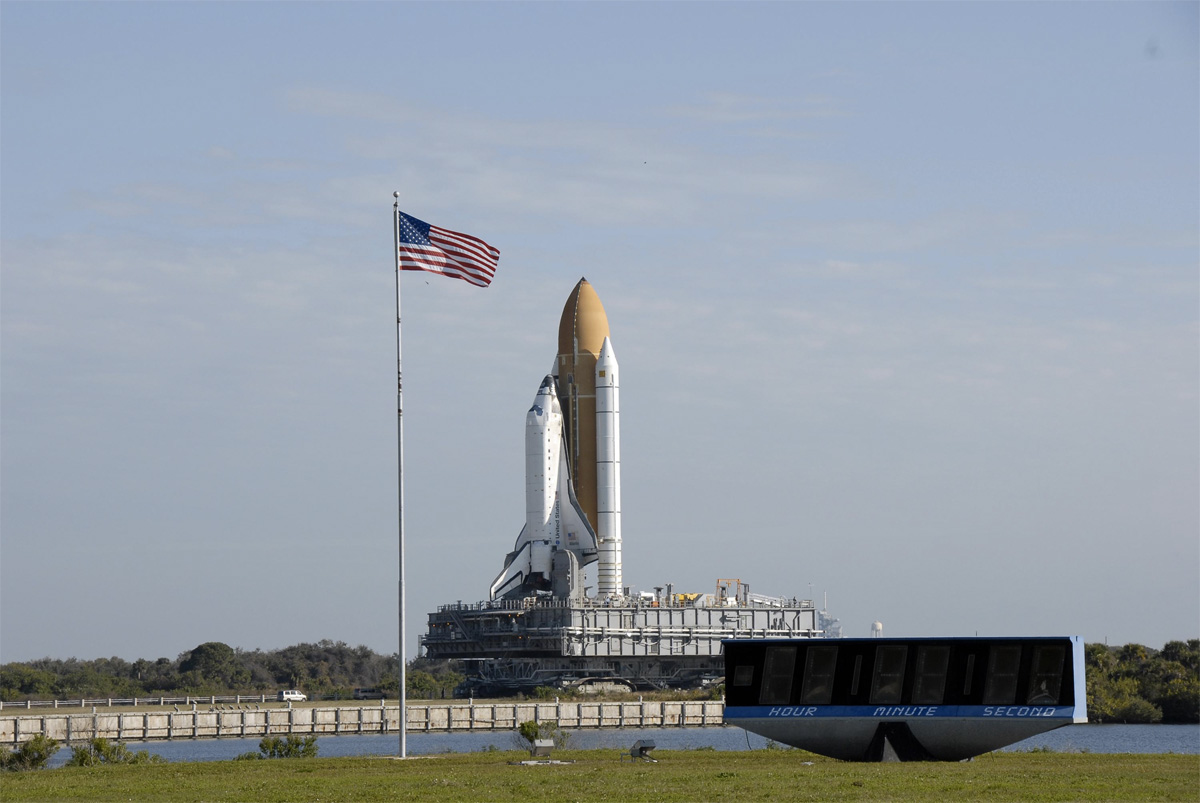
Picture: Kim Shiflett/NASA
Oct 28, 2009: Liftoff from Launch Complex 39B of a new vehicle, the Constellation Program’s Ares I-X test rocket. This was the first launch from Kennedy’s pads of a vehicle other than the Space Shuttle since the Apollo Program’s Saturn rockets were retired.
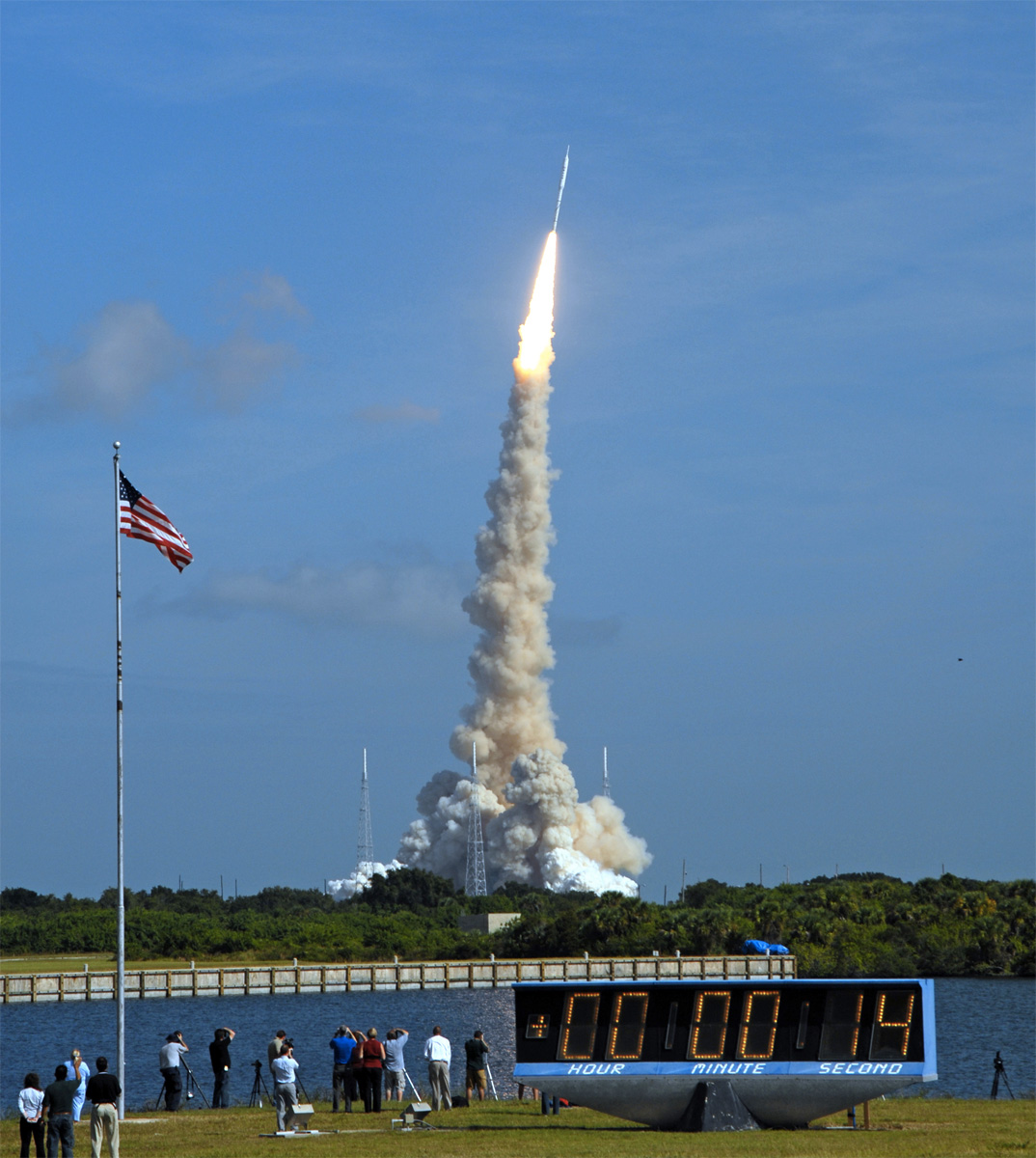
Picture: Jim Grossmann/NASA
March 1, 2010: After an ocean voyage from NASA’s Michoud Assembly Facility near New Orleans, a tugboat delivers the Pegasus barge carrying External Tank-136 to the turn basin at Kennedy Space Center.
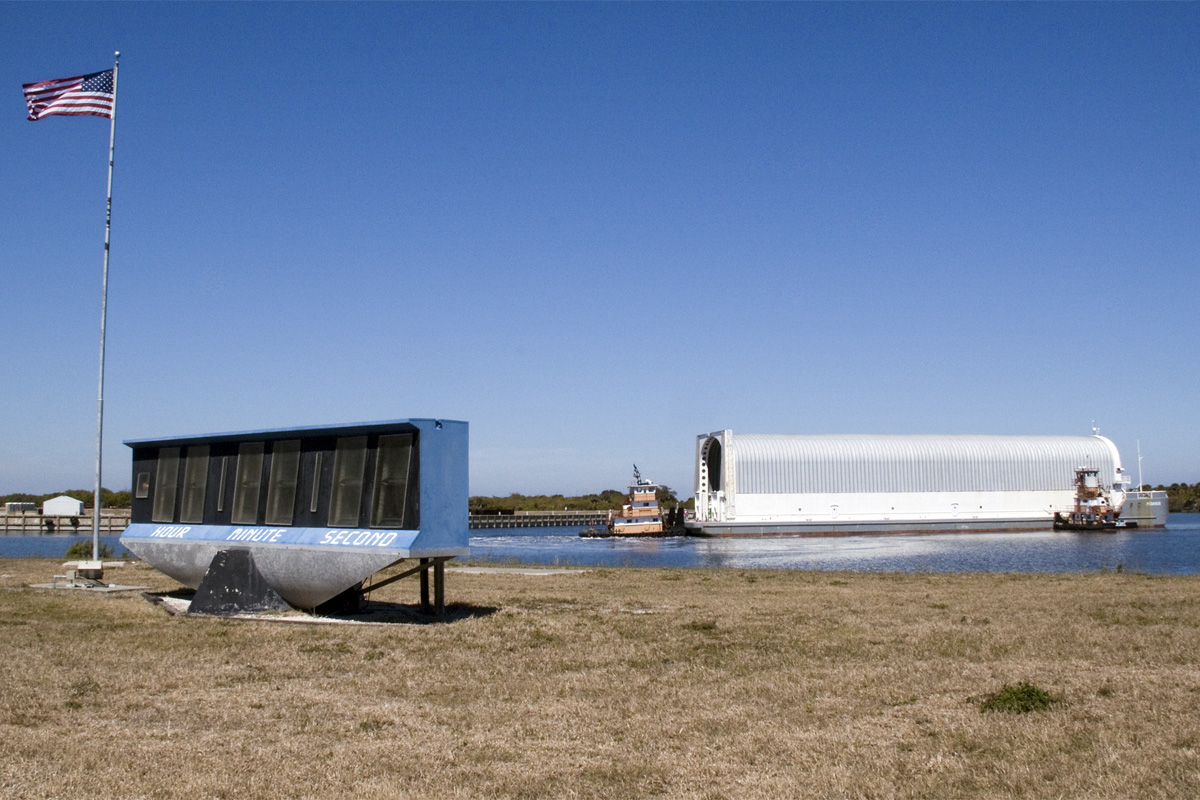
Picture: Amanda Diller/NASA
April 5, 2010: Space Shuttle Discovery lifts off of pad 39a, on a mission to the International Space Station.
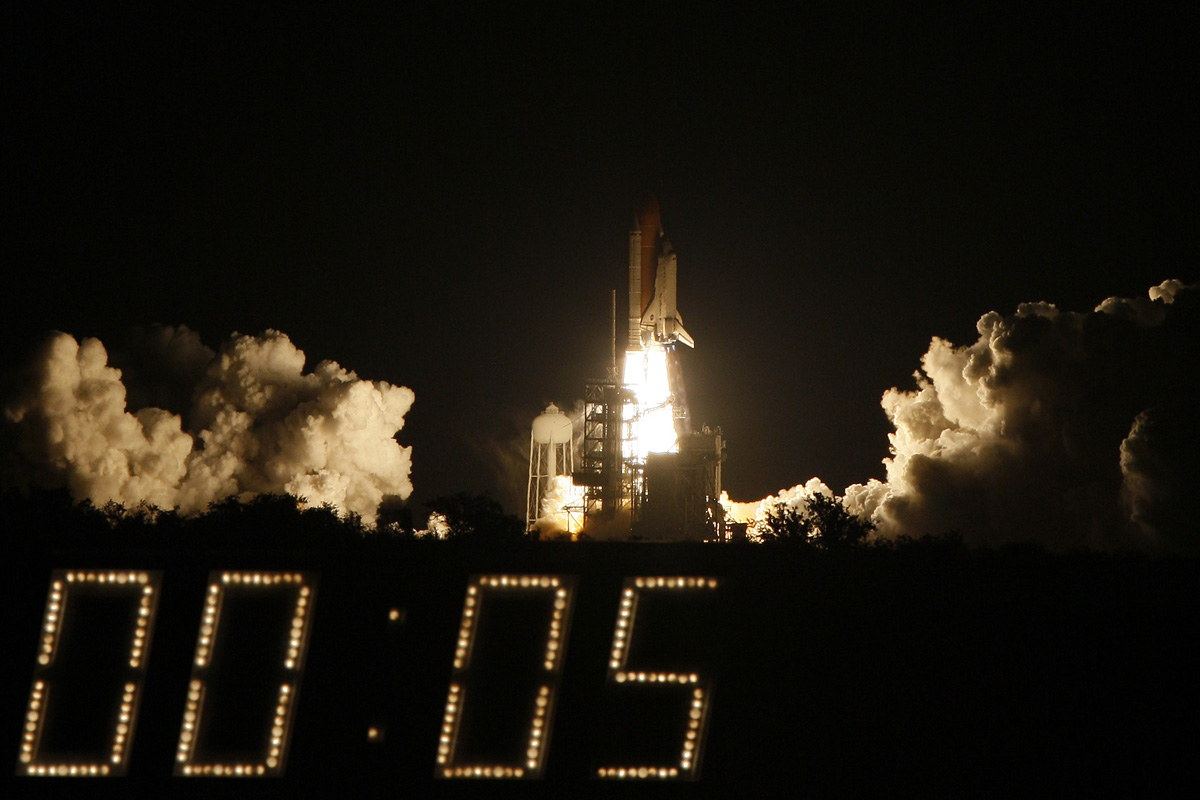
Picture: Wilfredo Lee/AP
Feb 8, 2010: Endeavour and its six-member STS-130 crew head toward Earth orbit and rendezvous with the International Space Station.
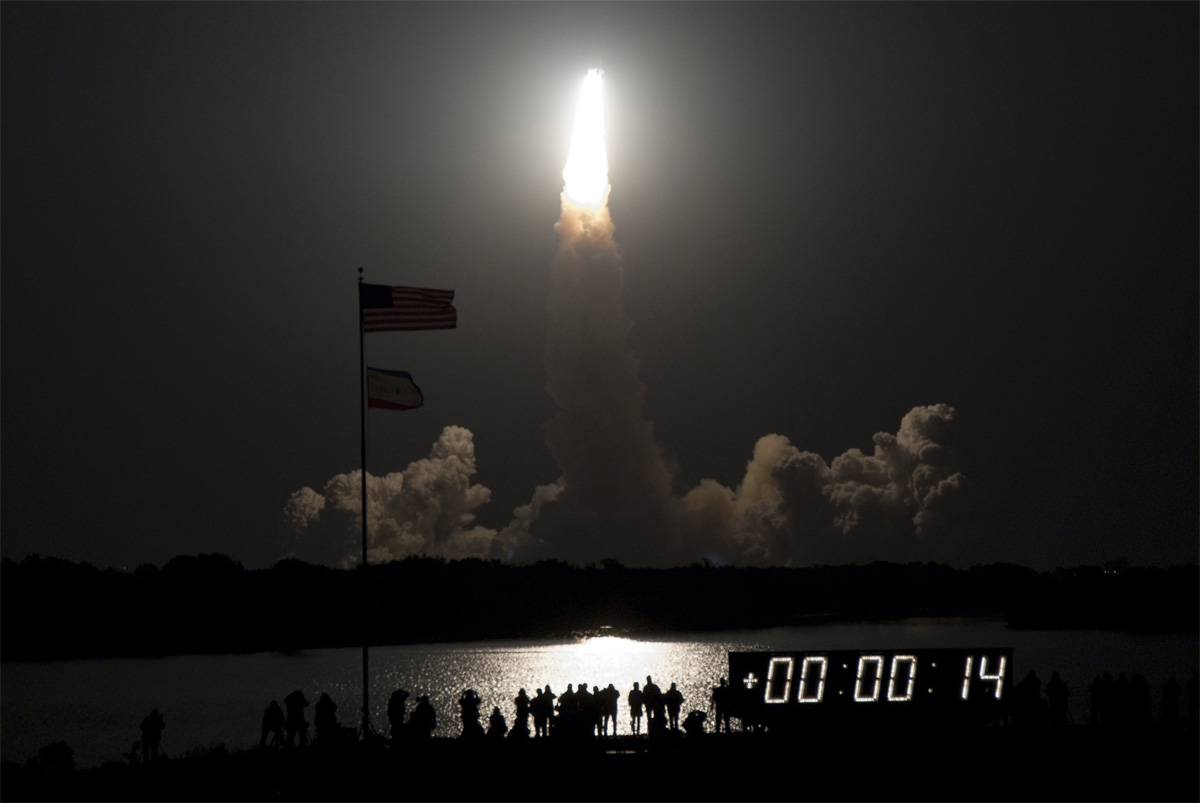
Picture: Jim Grossmann/NASA
Before Endeavour’s final flight, May 16, 2011.
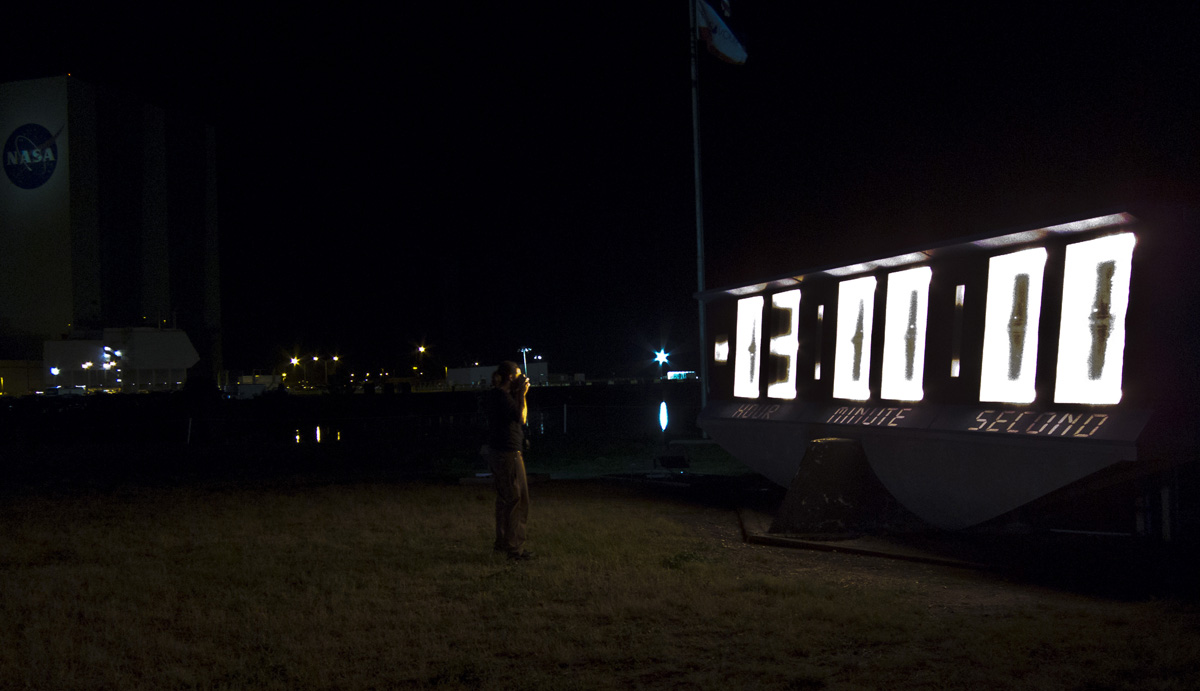
Picture: Tim Donnelly/AP
July 6, 2011: 22 hours, 10 minutes, 7 seconds to the last space shuttle launch.

Picture: Attila Nagy/Gizmodo
Atlantis awaits in the background for the final space shuttle launch (July 6, 2011).

Picture: Attila Nagy/Gizmodo
Iconic clock with iconic building. The countdown clock always has been tied visually with the flagpole 34 feet away. Officially called “The Press Site: Clock and Flag Pole,” the pair were listed in the National Register of Historic Places on Jan 21, 2000.
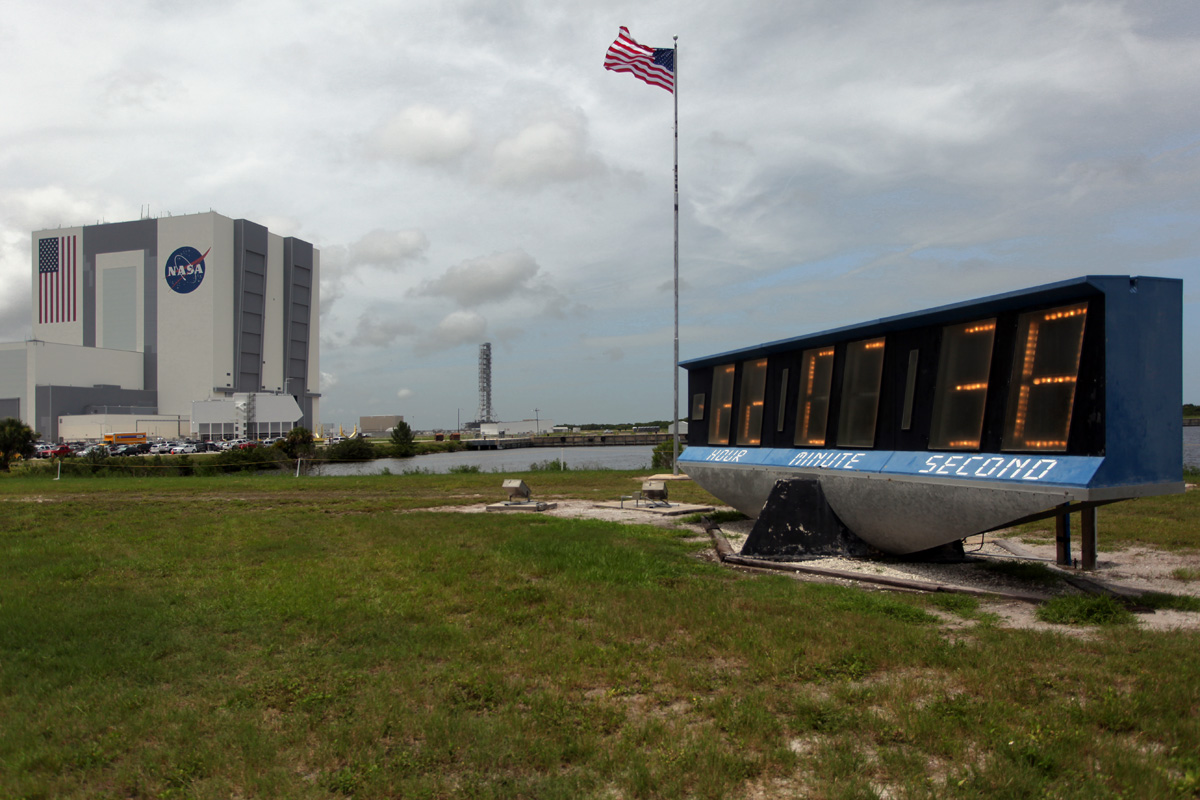
Picture: Attila Nagy/Gizmodo
July 8, 2011: T-31 seconds and holding!

Picture: Attila Nagy/Gizmodo
The space shuttle Atlantis lifts off from the Kennedy Space Center Friday, July 8, 2011.

Picture: Morry Gash/AP

Picture: Jim Grossmann/NASA
Sept 21, 2014, the last launch witnessed: SpaceX Falcon 9 rocket lifts off from Launch Complex 40 carrying the Dragon resupply spacecraft to the International Space Station.
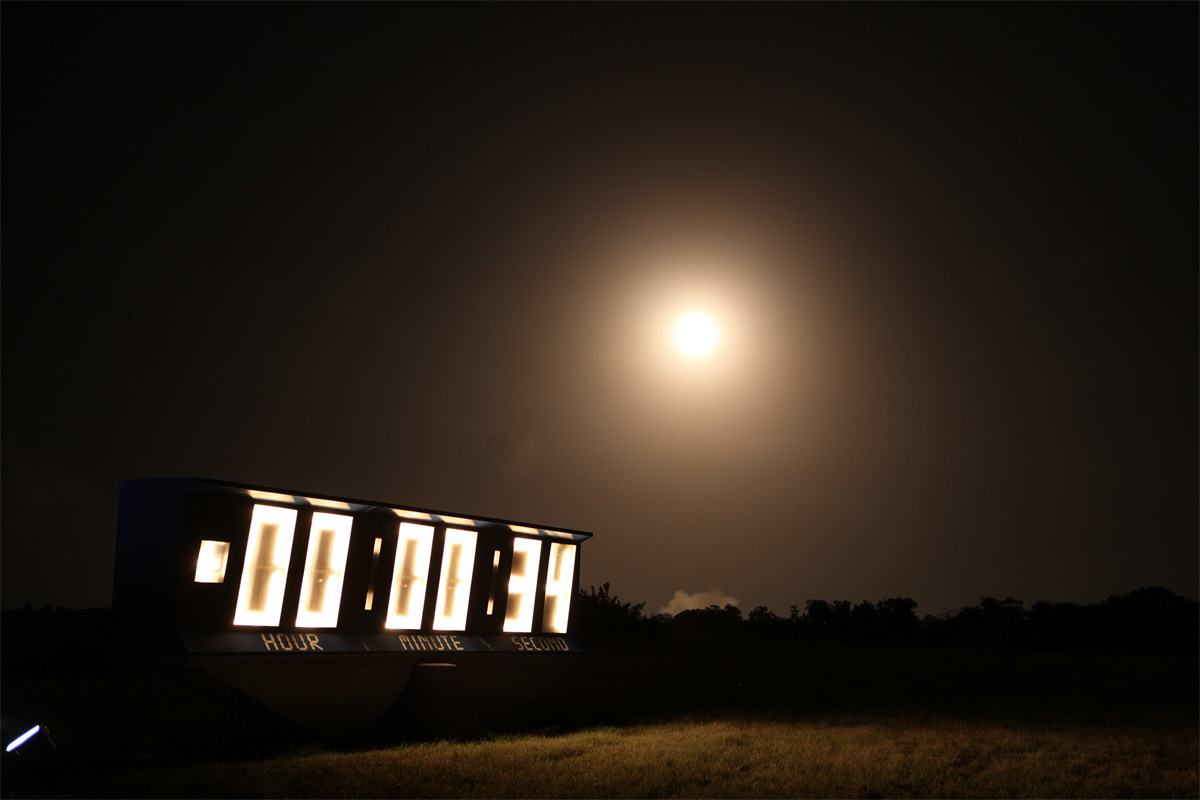
Picture: NASA
Nov 3, 2014: Public Affairs Officer George Diller shovels the first scoop of soil behind the retiring countdown clock during the groundbreaking ceremony for the new countdown clock.
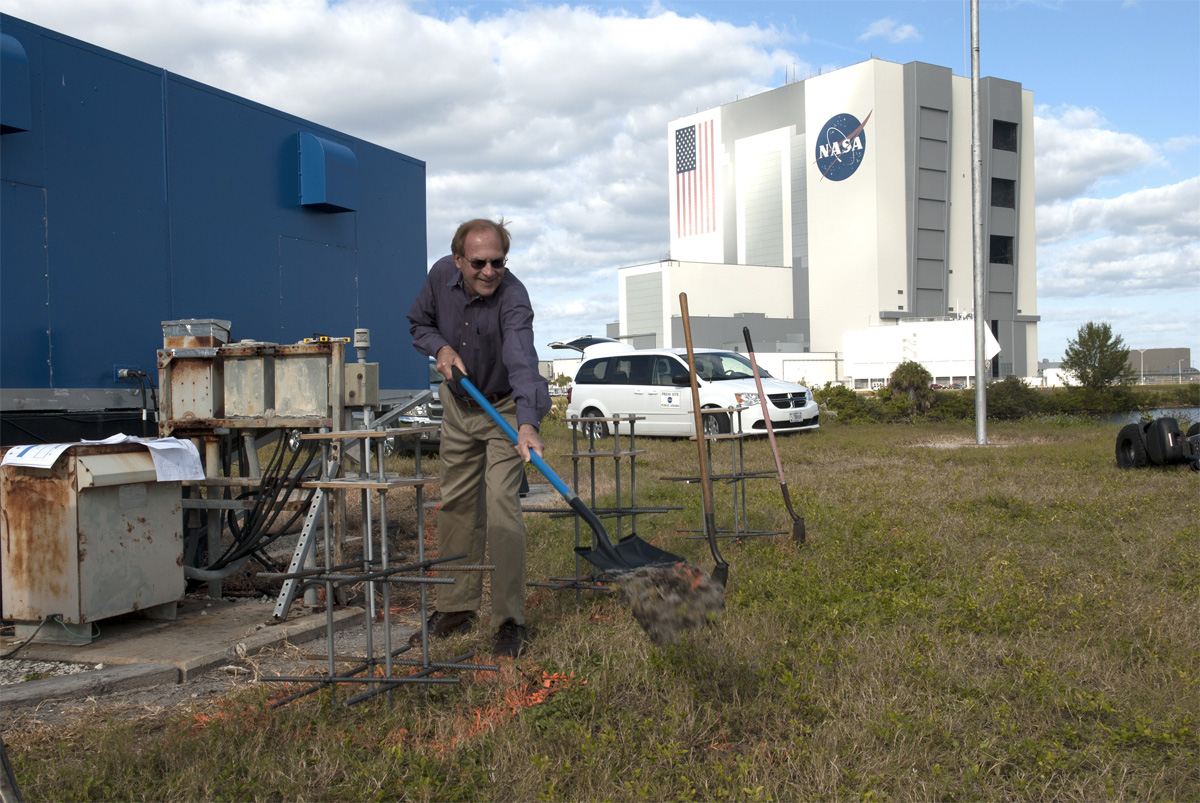
Picture: Jim Grossmann/NASA
Nov 24, 2014: the historic countdown clock at the spaceport’s Press Site is disassembled and removed.
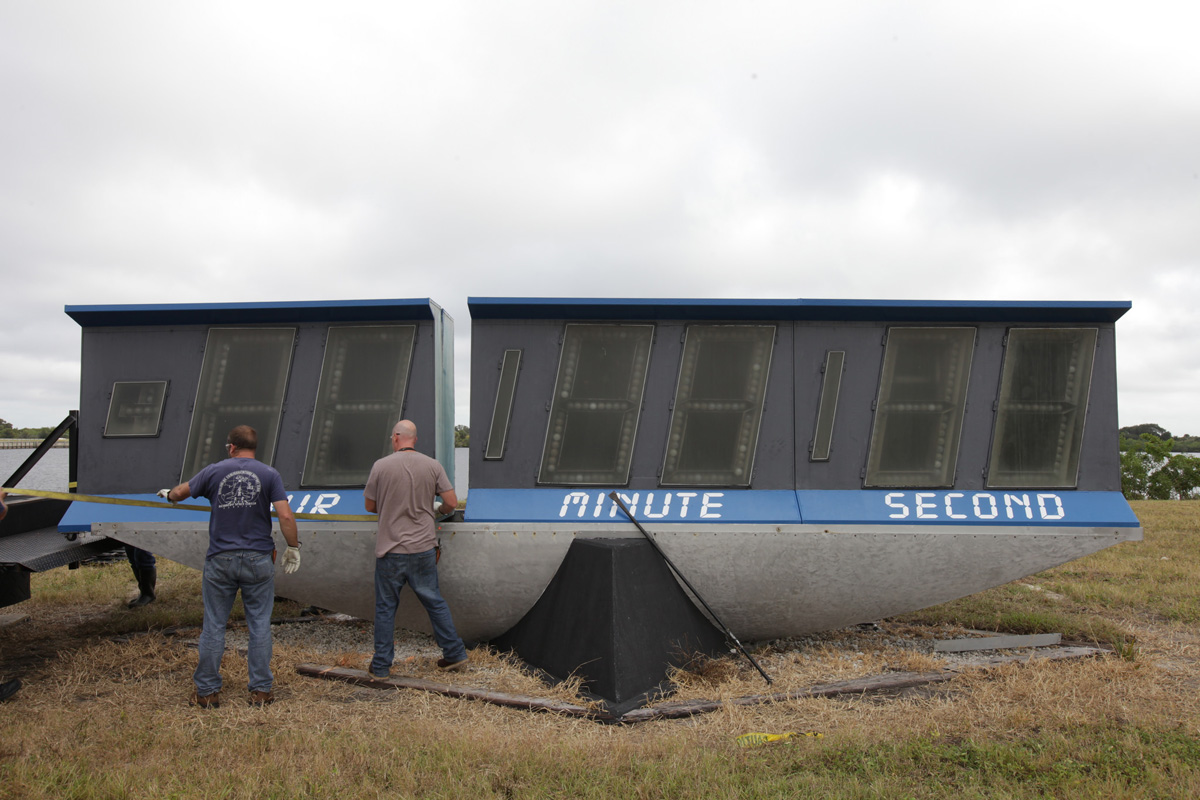
Picture: Frankie Martin/NASA
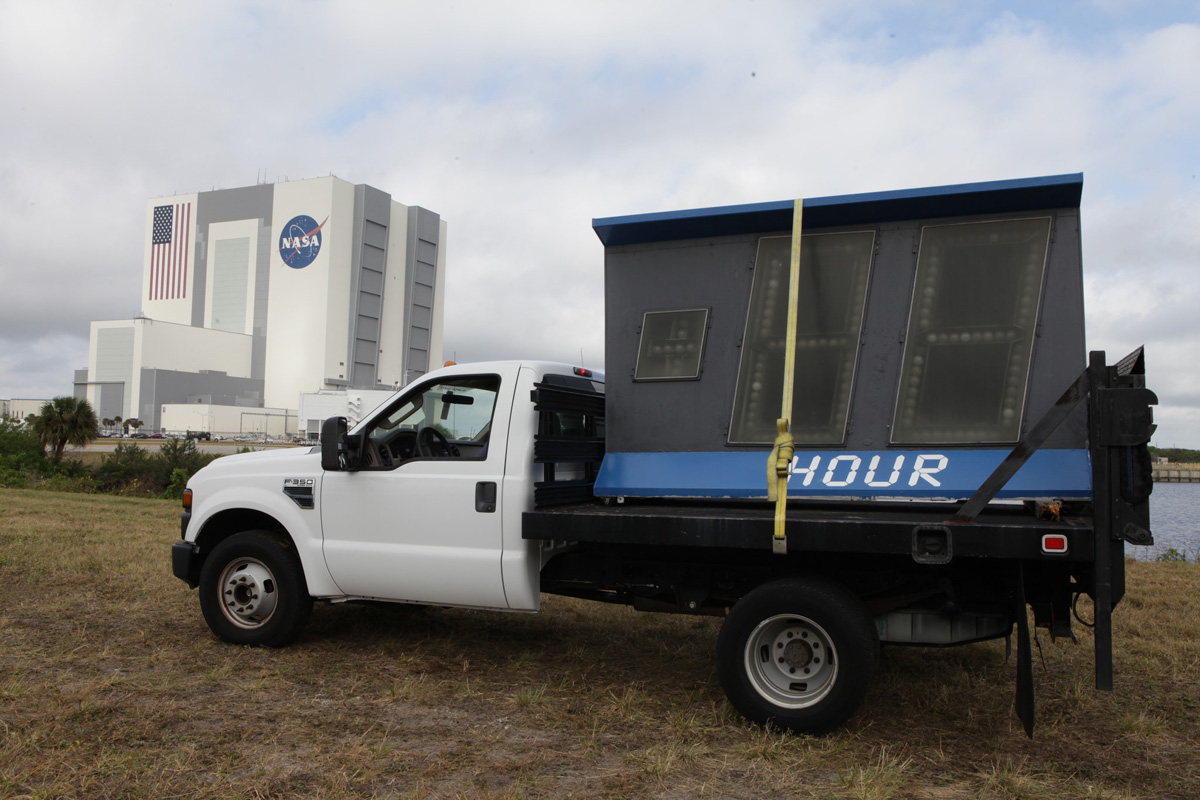
Picture: Frankie Martin/NASA

Picture: Frankie Martin/NASA
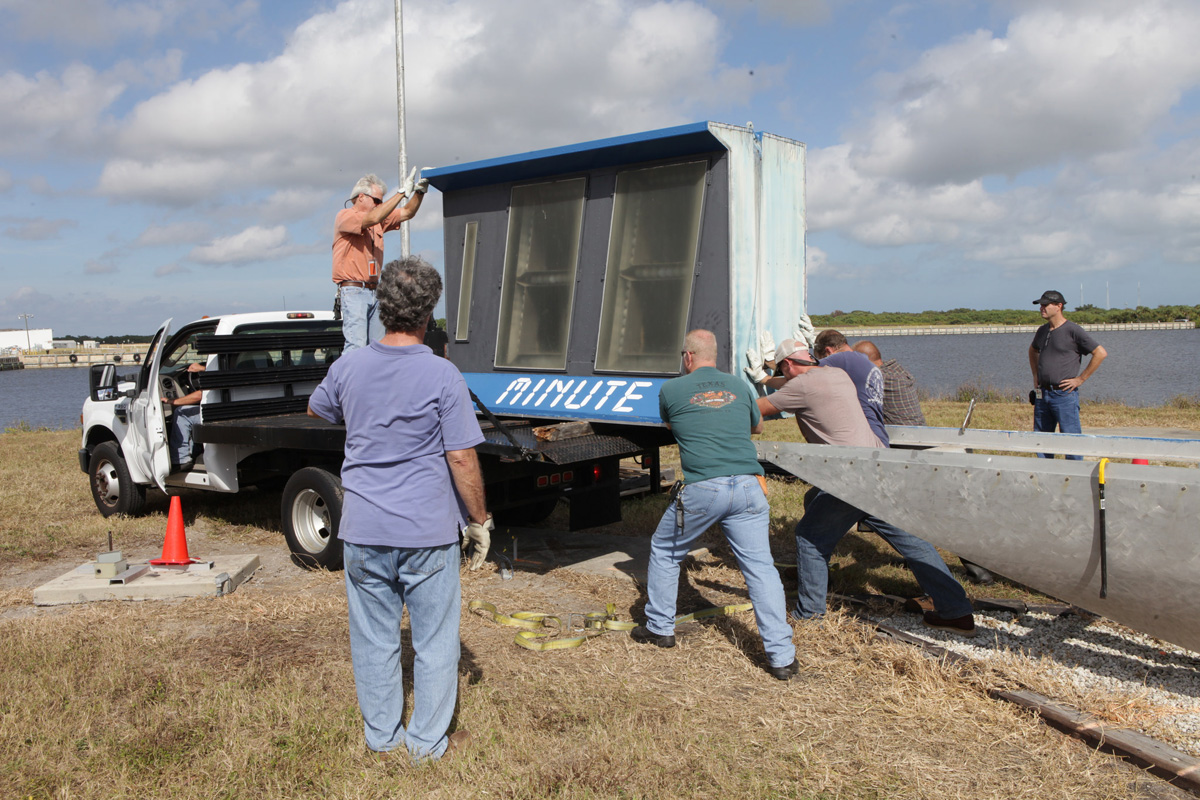
Picture: Frankie Martin/NASA
